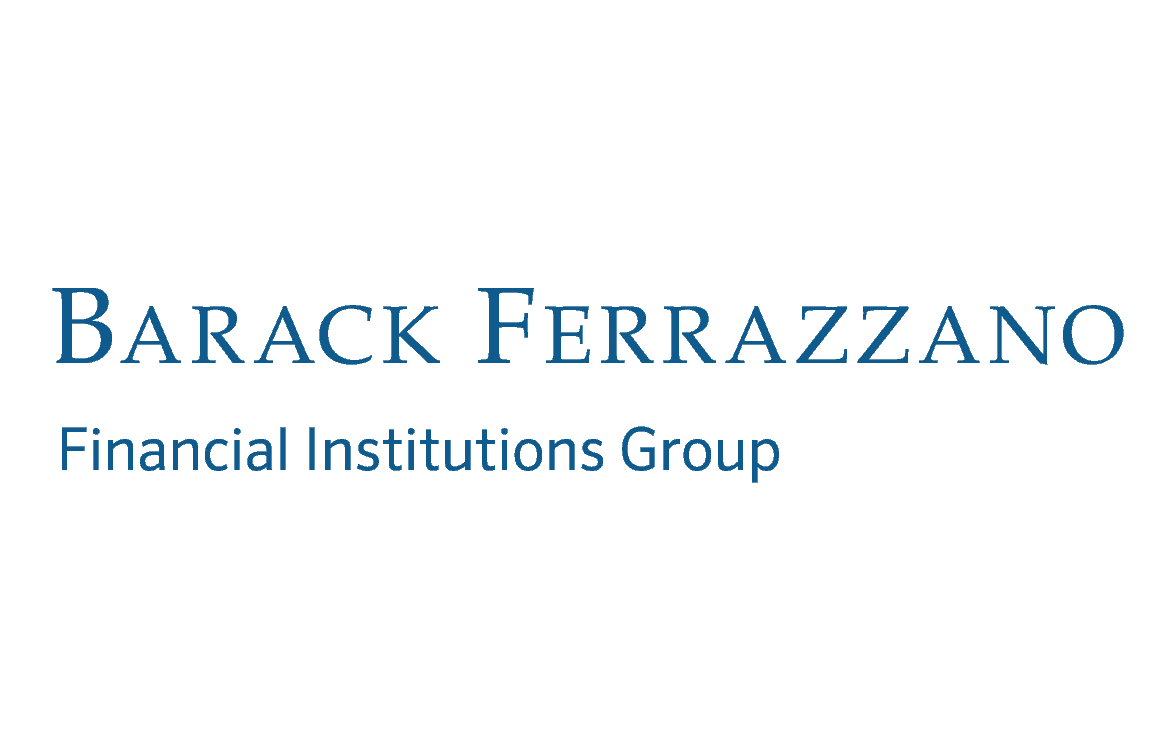
Is Your Bank Fintech Ready?
Brought to you by Barack Ferrazzano

No bank is an island. Whether your institution is considering banking as a service, a fintech partnership or even just evaluating a software vendor, today’s successful banks typically rely on dozens – if not hundreds – of partners. But navigating a successful partnership can be daunting, even for experienced executives.
Bank leadership must allocate adequate resources to these matters and ensure that they’re well advised by experienced counsel that understands both the legal and technological issues. Blue Ridge Bank’s recently revealed agreement with the Office of the Comptroller of the Currency only serves to reinforce the significance of prudent partnering. Below are three simple business or legal lessons, garnered from our experience helping to launch over 100 partnerships, that can transform a seemingly Sisyphean task into a manageable opportunity.
Education is Key
Experienced banks start the partnering process by educating themselves on the risks of the software, product and partner. A bank apprising a potential cryptocurrency sub-custodian, for instance, will understand the difference between cold and hot storage, how they will monitor digital asset transactions for unique money laundering risks, and whether they must first seek pre-approval from their regulators. To that last point, in our experience, they most likely should.
Bank regulators are increasingly cognizant of the risks posed by fintech partnerships. Recent guidance promulgated from the OCC, Federal Reserve Board and Federal Deposit Insurance Corp. is a testament to that fact. Although regulators may already understand some of the risks posed by certain technologies and partnerships, they cannot intuit how the bank will manage those risks. Educating your regulators as to your strategic initiatives before the start of a partnership can help minimize scrutiny down the road. Explaining where a partnership went awry at an examination one or two years in the future is less than ideal and can waste your bank’s hard-won credibility.
Additionally, educating your prospective partner is also key. Many fintech and software companies are still in their growth stage. They may never have undergone a bank examination, or developed and implemented a Bank Secrecy Act program; they may not have a chief compliance officer, chief information security officer or adequate staffing. Indeed, partnership problems often arise not because of a partner’s malice but because they were not aware of an issue. Banks are in a unique position to educate their partners on the risks they face and set expectations for both parties.
Plan for Failure (and Success)
Knowing about potential regulatory concerns or potential partnership issues is not the same as proactively identifying solutions. The first step to solving these problems is negotiating a comprehensive agreement.
Can the bank terminate the relationship for convenience or only for cause? Will a partner cover deconversion costs if the relationship ends? What transition support can the bank expect if it has to switch to a new vendor? Who maintains the customer relationship and data post-termination? These are just a few of the myriad issues banks and their counsel must consider in contract negotiations.
But banks must also plan for a partnership’s success. What if the partner becomes a de facto sales channel, and it is wildly successful? Can the bank handle the account openings, deposits, loans or payments for 100 new customers? One thousand? One million?
Banks must also be prepared to scale their operations if the best-case scenario materializes. The consequences of this success may also limit a bank’s future strategic options. Imagine a $9 billion bank with a fintech partnership that yields $2 billion in new deposits, rather than $500 million. That unanticipated bounty could push the bank beyond the crucial $10 billion asset threshold.
Oversight Doesn’t End at Signing
A partnership, program management, bank identification number sponsorship, software or other agreement is a good starting point, not the finish line. The financial condition, compliance programs, operations or personnel of your fintech and software partner may change so much over time that they no longer resemble their state on the date you signed that agreement.
Those agreements likely have audit rights. Use them. For instance, understanding that your partner is approaching bankruptcy can help you transition those relationships before your partner ceases operations. Likewise, dedicating personnel to proactively manage the partnership can help the bank identify problems before they arise. Frequent, ongoing communication is also key.
Minding these simple lessons can help your institution avoid the mistakes of partnerships past and ascend to new heights that a productive partnership can offer.
Happy climbing.


